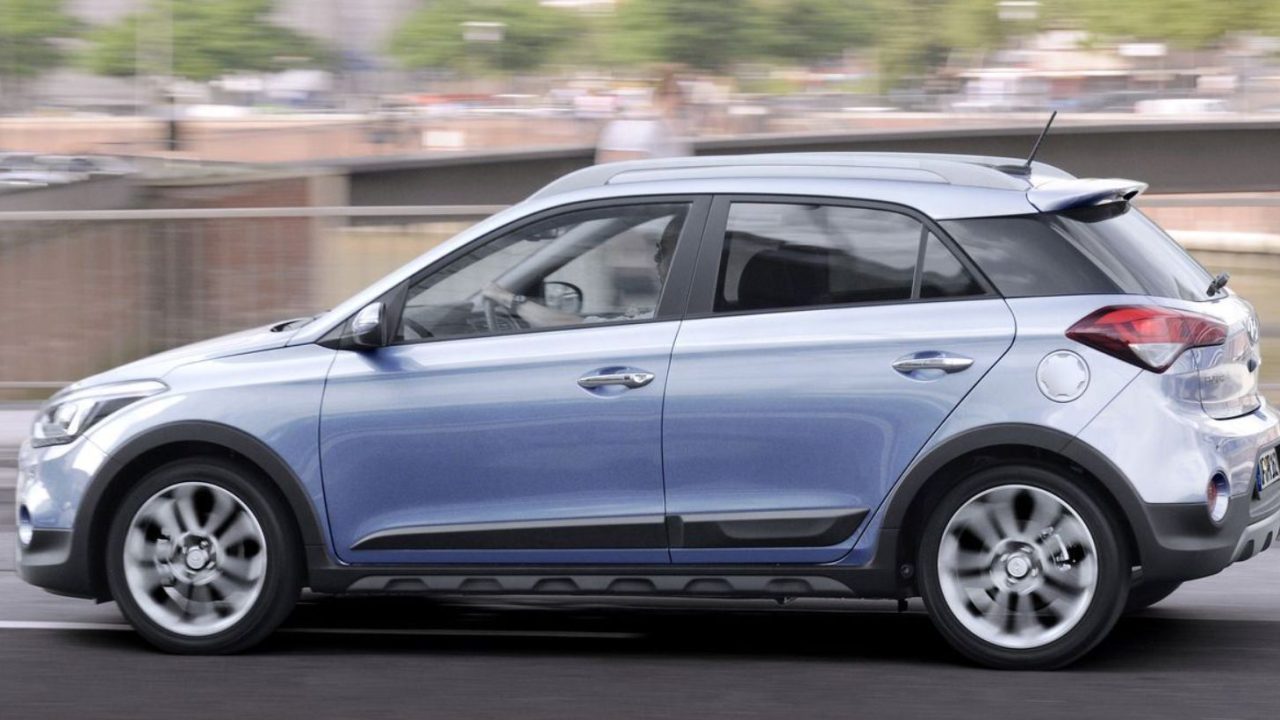Hyundai i20: Affordable, but with Age-Related Weaknesses

The Hyundai i20 is a solid small car – at least when bought new. Anyone considering a used model should be aware of the flaws that become more prevalent with age.
The i20 is Hyundai’s offering in the subcompact segment, positioning the South Korean manufacturer against established competitors such as the VW Polo, Opel Corsa, and Ford Fiesta. The Honda Jazz and Toyota Yaris also compete in this market.
Model History
The i20, successor to the Getz, first launched in 2008. The second and third generations, considered here, debuted in 2014 and 2020, respectively. Hyundai introduced facelifts in 2018 and 2023.
Diesel engines have been discontinued since 2018. Most combustion engines in the current model feature a 48-volt mild-hybrid system.
Body Styles and Variants
The second generation was available as both a five-door hatchback and a sportier three-door coupé, a body style omitted from the current i20.
The second generation also included an “Active” version, featuring protective cladding on the wheel arches and doors, and a slightly increased ride height. Until the facelift, the third-generation i20 also offered a performance-oriented “N” version, boasting a powerful 204 hp engine.
Dimensions (according to ADAC)
- 2nd Generation: 4.04 m to 4.07 m × 1.73 m to 1.76 m × 1.45 m to 1.53 m (L × W × H), Trunk volume: 326 to 1042 liters
- 3rd Generation: 4.04 m to 4.08 m × 1.78 m × 1.45 m (L × W × H), Trunk volume: 352 liters to 1165 liters
Strengths
The “Auto Bild TÜV-Report 2025” describes the i20 as a “refined small car.” The chassis of both the second and third generations demonstrated a “solid performance” on the test bench.
The headlights achieved low defect rates, indicating good performance. Brake lines and hoses also showed positive results in braking tests. The exhaust system proved robust over time.
Weaknesses
Rear lights, as well as turn signals and hazard lights, show increased failure rates from the second MOT (around five years old). The functionality of the foot and parking brakes also deteriorates around this time.
From the fourth MOT onwards, worn brake discs become more common. Oil leaks in the engine and transmission are not a significant issue, with failure rates around average; three-year-old models are most affected at the second inspection.
Reliability
The ADAC rates models from the initial registration years 2019 and 2020 as reliable, while others are classified as “average to unreliable.” i20s from 2014 perform even worse in the club’s evaluation. The statistics include vehicles at least two years old.
Identified problem areas include the starter battery (2014-2018 and 2020-2023), spark plugs (2014-2018), and the ignition switch (2014).
Engines
- 2nd Generation: Petrol (three- and four-cylinder, front-wheel drive): 55 kW/75 hp to 88 kW/120 hp; Diesel (three- and four-cylinder, front-wheel drive): 55 kW/75 hp to 66 kW/90 hp
- 3rd Generation: Petrol (three- and four-cylinder, front-wheel drive): 58 kW/79 hp to 150 kW/204 hp
Dealer Resale Value according to the Deutsche Automobil Treuhand (DAT), with statistically expected mileage – three examples:
- i20 1.1 CRDi Base (6/2017); 55 kW/75 hp (three-cylinder); 135,000 kilometers; €6,792
- i20 Active 1.4 Passion+ (6/2018); 74 kW/101 hp (four-cylinder); 83,000 kilometers; €8,246
- i20 N 1.6 T-GDI (6/2022); 150 kW/204 hp (four-cylinder); 41,000 kilometers; €22,255














